What is a Reed Bed?
Reed Beds are aquatic plant based wastewater treatment systems which allow bacteria, fungi and algae to digest the nutrient found in wastewater, as a passive biological means of water purification. A Reed Bed is made up of a rectangular prism or cylindrical shape, which may be lined with an impermeable membrane to protect its walls from root penetration, or made from material which is impervious. It is filled with gravel of various sizes and planted with macrophytes such as reeds. Primary Treated Wastewater (Blackwater and Greywater), or untreated Greywater, pass through the root zone of the reeds where it undergoes treatment via physical, chemical and biological interactions between the macrophytes, micro-organisms, gravel and atmosphere. Inlet and outlet pipes are positioned below the gravel surface, so that the water always remains below the surface, thus minimising the risk of human exposure to the wastewater, mosquito breeding and unpleasant odours.
In Ground Domestic Reed Bed.
Above Ground Reed Bed System
Below is an example of an Above Ground Reed Bed System installed by Zenplumb in the Yarra Valley for a Tiny House Greywater Project.
Reed Bed Freshly Planted in the Yarra Valley, VIC. Designed and Installed by Zenplumb.
Reed Bed in the Yarra Valley, VIC 6 Months Later…! Designed and Installed by Zenplumb.



